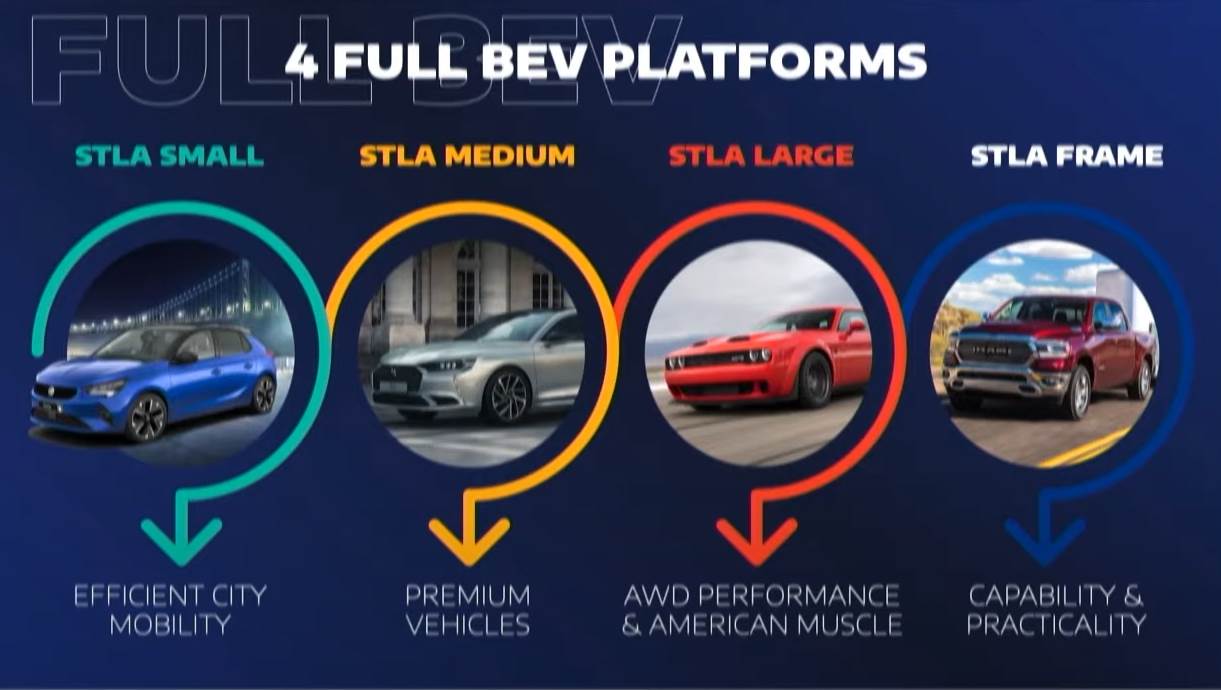As the auto industry’s demand for semiconductors accelerates, Stellantis is implementing a multifaceted strategy designed to manage and secure the long-term supply of vital microchips. Developed by a cross-functional team, the strategy is the result of a rigorous assessment of customer desires for advanced technology features and a keen focus on delivering the objectives laid out in the Stellantis ‘Dare Forward 2030’ plan.
Semiconductors are the linchpin to the performance, safety, and customer features of Stellantis vehicles today and in the new state-of-the-art, BEV-centric STLA vehicle and technology platforms arriving soon. The robust strategy, which is refined continuously, includes:
Implementation of a semiconductor database to provide full transparency on the semiconductor content;
– Systematic risk assessment to avoid and proactively remove legacy parts;
– Long-term chip level demand forecasting to support capacity securitisation agreements with chip makers and Silicon Foundries;
– Implementation and enforcement of a Green List to reduce chip diversity and – in case of future chip shortages – to put Stellantis in control of the allocation; and,
– Purchasing of mission-critical parts at chip makers including a long-term securitization of chip supply.
 Semiconductors play key roles and enable features and functions in the BEV-native STLA global platforms (Small/Medium/Large/Frame).
Semiconductors play key roles and enable features and functions in the BEV-native STLA global platforms (Small/Medium/Large/Frame).
Deep engagement with semiconductor industry
Stellantis has started to engage with strategic semiconductor providers like Infineon, NXP Semiconductors, onsemi, and Qualcomm to further improve its all-new, state-of-the-art STLA platforms and technologies. In addition, Stellantis is working with aiMotive and SiliconAuto to develop its own differentiating semiconductors in the future.
“An effective semiconductor strategy requires a deep understanding of semiconductors and the semiconductor industry,” said Maxime Picat, Chief Purchasing and Supply Chain Officer at Stellantis. “We have hundreds of very different semiconductors in our cars. We have built a comprehensive ecosystem to mitigate the risk that one missing chip can stop our lines. At the same time, key vehicle capabilities directly depend on the innovation and performance of single devices. SiC MOSFETS extend the range of our electric vehicles while the computation performance of a leading-edge SoC is essential for the customer experience and safety.”
To date, Stellantis has entered into direct agreements for semiconductors with a purchasing value of more than 10 billion euros (Rs 87,880 crore) through 2030. The supply agreements cover a variety of vital microchips, including:
– Silicon Carbide (SiC) MOSFETS, which are fundamental to the range of EVs.
– Microcontroller Unit (MCU), a key part of the computing zones for the STLA Brain electrical architecture.
– System-on-a-chip (SoC), where performance is essential for the high-performance computing (HPC) units that deliver the in-vehicle infotainment and autonomous driving assist functions.
Semiconductors play key roles in the vehicles that are driving the Stellantis transformation into a sustainable mobility tech company, as outlined in Dare Forward 2030. This includes enabling features and functions in the BEV-native STLA global platforms (Small/Medium/Large/Frame) and the seamless connectivity, remote upgradability, and the flexible service-oriented electrical/electronic architecture that underpins the STLA Brain, STLA SmartCockpit, and STLA AutoDrive artificial intelligence-powered platforms.
ALSO READ:
Stellantis invests in Lyten’s innovative lithium-sulphur EV battery tech
